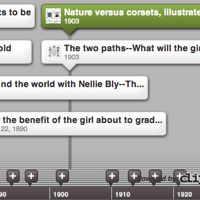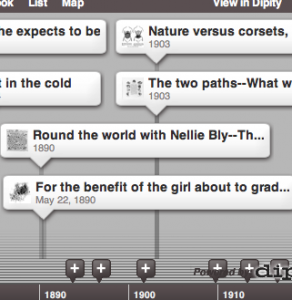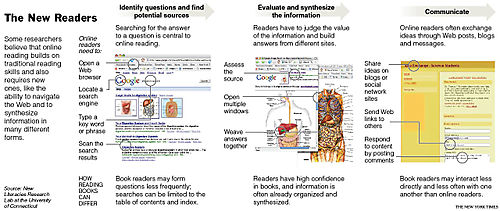
idea festival
Creating is Bloom’s highest level of thinking. Creating is not limited to “the creative.” We all create when we make new combinations of existing elements. Someone put wheels on the bottom of a scaled-down surfboard and created the skateboard. And so it goes…
While teachers and students are constrained by mind-numbing test prep, the rest of society is working overtime to foster creative connections. In September the annual “IdeaFestival” was held in Louisville, KY. It brings together creative thinkers from different disciplines to connect ideas in science, the arts, design, business, film, technology and education. The festival motto – “If it can possibly go together, it comes together here.” Why not apply that perspective in our schools?
Here are some suggestions from the festival on how to come up with new ideas. Many can be easily adapted to help our students discover their creative potential in the classroom.
2. Listen to classical music, go to a concert or a play or sit quietly in a park to daydream.
3. Read periodicals you would not typically read — a scientific magazine, for example, if you are more interested in business. Same with books outside your typical genre.
4. Attend a conference outside your field.
5. Surround yourself with creative thinkers.
6. Immerse yourself in a problem; ask questions, investigate possible outcomes.
7. Keep an idea journal.
8. Take a course to learn a new language or some other skill outside your expertise.
9. Be curious and experiment.
10. Articulate your idea, seek feedback, put structure on it, harvest it.






